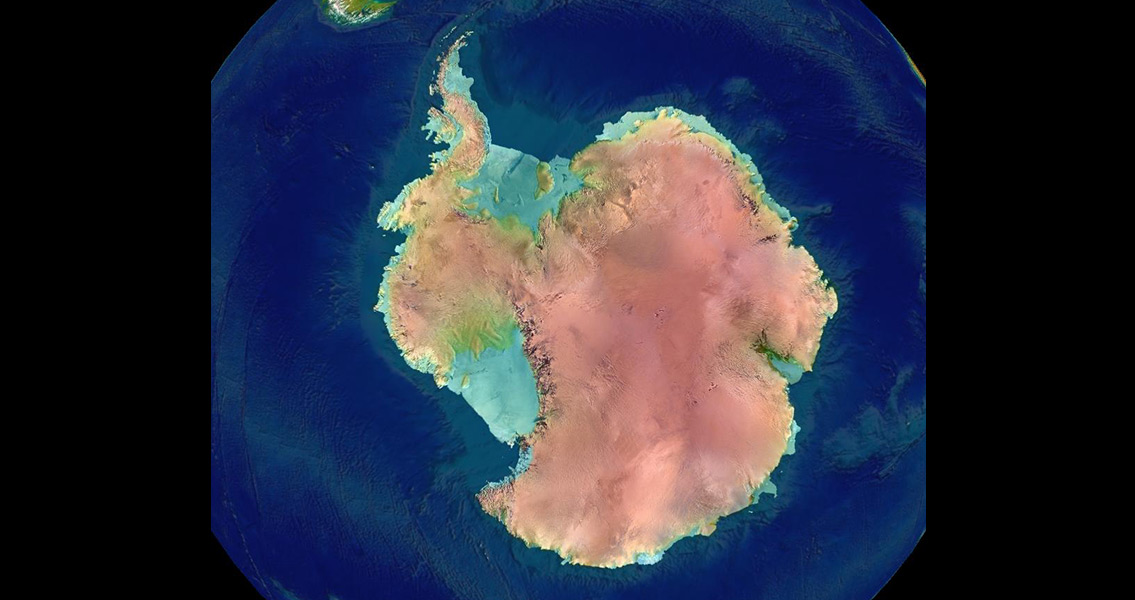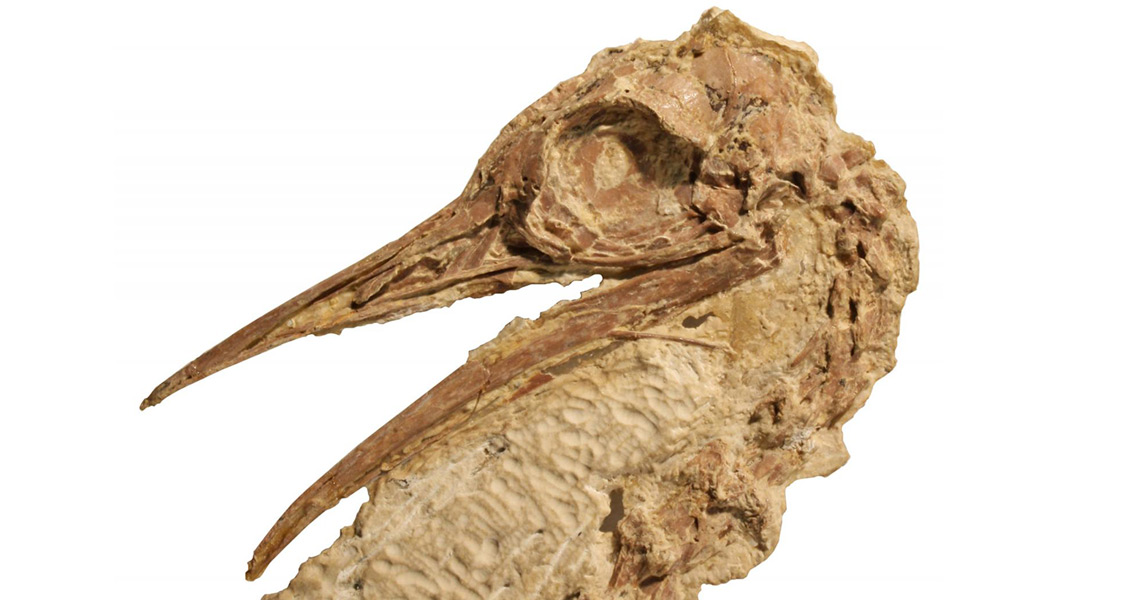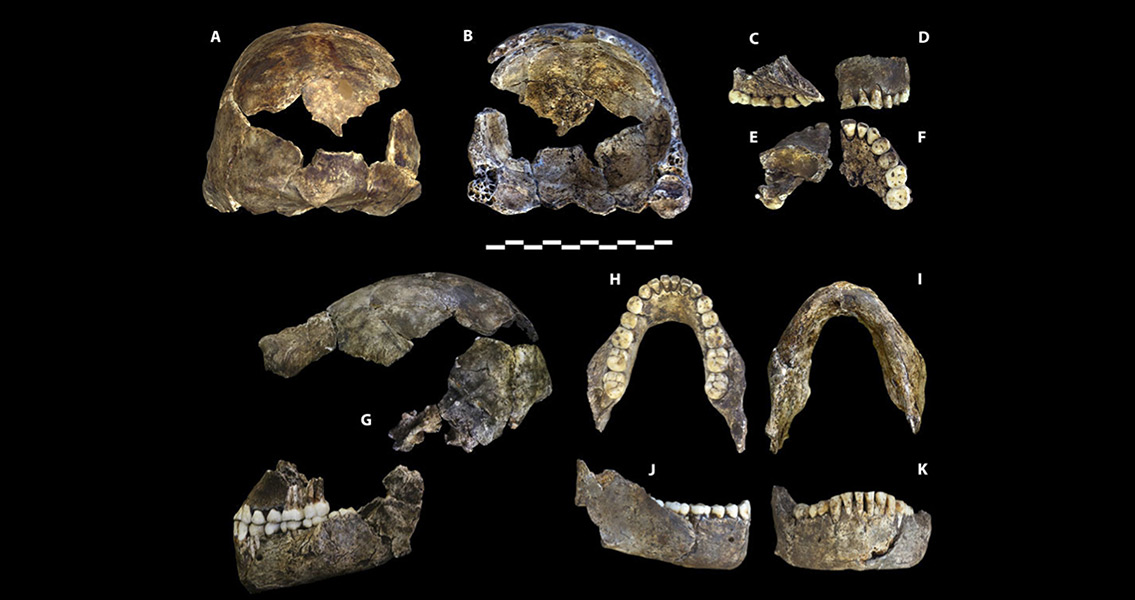ScienceDaily, U-M postdoctoral researcher Sierra Petersen, one of the scientists involved in the study, said that the new temperature data helps to forge a direct link between volcanic activity and impact events regarding extinction pulses, with climate change being that link. The mass extinction that occurred at the end of the Cretaceous was therefore the result of not just the volcanic activity or the asteroid impact but both, something Petersen referred to as a “theoretical ‘one-two’ punch.” This extinction level event spelled the end of non-avian dinosaurs as well as around 75 percent of the plant and animal species on Earth around 66 million years ago. Its cause has been up for debate for years, with many researchers pointing to the Yucatan impact or the volcanic activity in India’s Deccan Traps region as the culprit. Others have sought a synergistic approach, combining the gradual climatic change, or press, of the volcanic activity with the instant catastrophe, or pulse, of the asteroid impact, creating the so-called “press-pulse” theory. The discovery of spikes in ocean temperature records coinciding with both these events has those who support the press-pulse theory hopeful. Petersen remarked that the ecosystem might have already been under stress from the volcanic activity when the meteorite hit, making it more vulnerable to collapse in the first place. The research study is available online through the journal Nature Communications]]>







